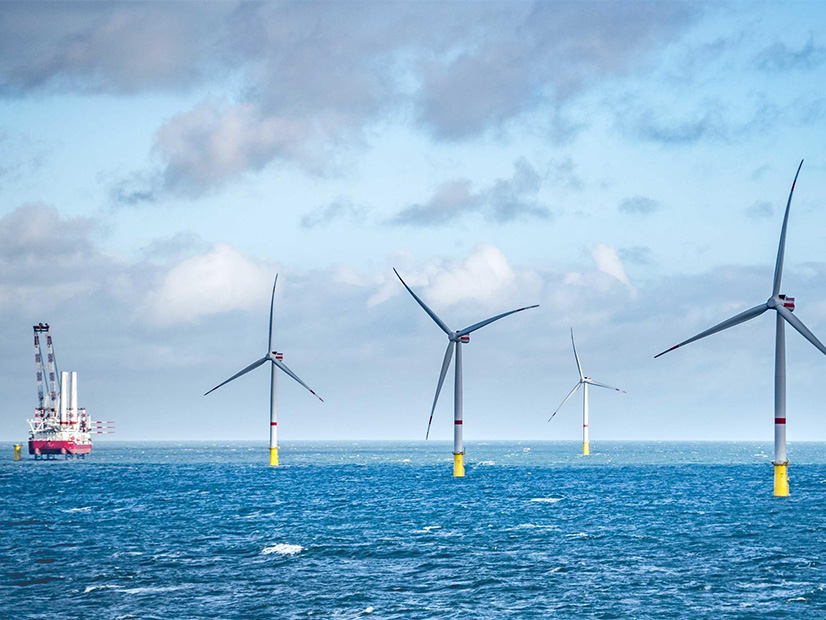The Biden administration’s plan to invest in renewable energy to revitalize the economy while battling climate change became a lot clearer at the second virtual session of this year’s Business Network for Offshore Wind’s International Partnering Forum (IPF).
Held on the 126th day of President Biden’s term and just two days after Bureau of Ocean Energy Management (BOEM) approval of the 800-MW Vineyard Wind project off the coast of Martha’s Vineyard, the focus of the IPF session was the same as the president’s: jobs.
“Tackling the climate crisis has been a centerpiece of the president’s agenda,” BOEM Director Amanda Lefton said. “He has also clearly stated that when he thinks about the climate crisis, he thinks about creating jobs,” she said.
“As we build the offshore wind industry in the United States, we are doing so not only to address the threats of climate change, but also to create thousands of good paying union jobs. That’s why the administration has called for a review of offshore renewable energy siting and permitting processes, set ambitious goals and focused on making measurable progress on advancing projects.
“We’re demonstrating an all-of-government approach that will catalyze the industry in the United States,” Lefton continued.
“A key to our success will be creating greater certainty for the industry, state and local governments, tribal nations, ocean users, and other partners and stakeholders. This includes an efficient and effective process for reviewing plans to develop existing leases, and an inclusive and expeditious process for identifying areas for potential future lease sales. We know the challenges we face regarding the climate crisis are too dire to delay, but let me stress that our desire to move forward will not outpace our steadfast commitment to do this right.”
The half dozen representatives of other federal agencies provided more details about programs and funding the administration is developing to bootstrap the U.S. economy into a robust industrial renaissance through decarbonizing the entire U.S. economy.
“We believe the fastest and the most cost-effective way to decarbonize our economy is to prioritize first the power sector,” said Kelly Speakes-Backman, principal deputy assistant secretary for the Department of Energy’s Office of Energy Efficiency and Renewable Energy.
“We need to integrate more renewable energy generation onto the grid while ensuring it’s still reliable, secure and resilient. We need to start work now to accelerate the deployment of existing resources that are cost effective today. Wind and solar are already cost competitive in many parts of the country, but we need to scale up our efforts,” she said.
Speakes-Backman also reiterated that the president’s goal to build 30 GW of offshore wind by 2030 is just a start.
“We see this 30-GW goal not as an endpoint, but really as a steppingstone, and an analysis from our National Renewable Energy Laboratory shows that meeting the 30-by-30 goal will enable 110 GW of more projects deployed by 2050.
“It will spur $12 billion in annual capital investment; it will drive construction of new domestic factories for each major wind farm component, including turbines, towers, foundations and subsea cables; and it will lead to the manufacturer of wind turbine installation vessels,” she said.
“Achieving that 2050 level of deployment would open the door to another 135,000 total jobs: 77,000 in offshore wind and another 58,000 in communities. Plus annual capital investment of $15 billion, increased manufacturing and steel demand, and at least $3 billion in port upgrades,” she said.
To make all of this happen, the administration is relying on an organization that DOE initially funded in 2018 — the National Offshore Wind Research and Development Consortium administered by New York State Energy Research and Development Authority — to develop “a comprehensive supply chain roadmap for offshore wind.”
Urging industry and potential vendors to contact the consortium, Speakes-Backman brought the topic back to the administration’s bottom line.
“We have to get as many American companies using as many sheets of American steel, employing as many American workers … in offshore wind, driving economic growth from coast to coast.”


